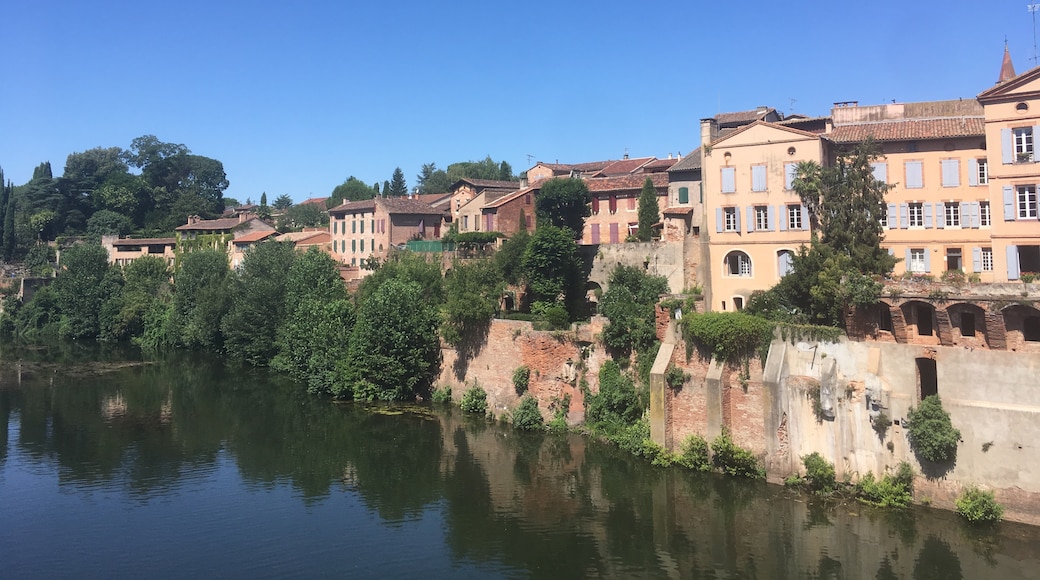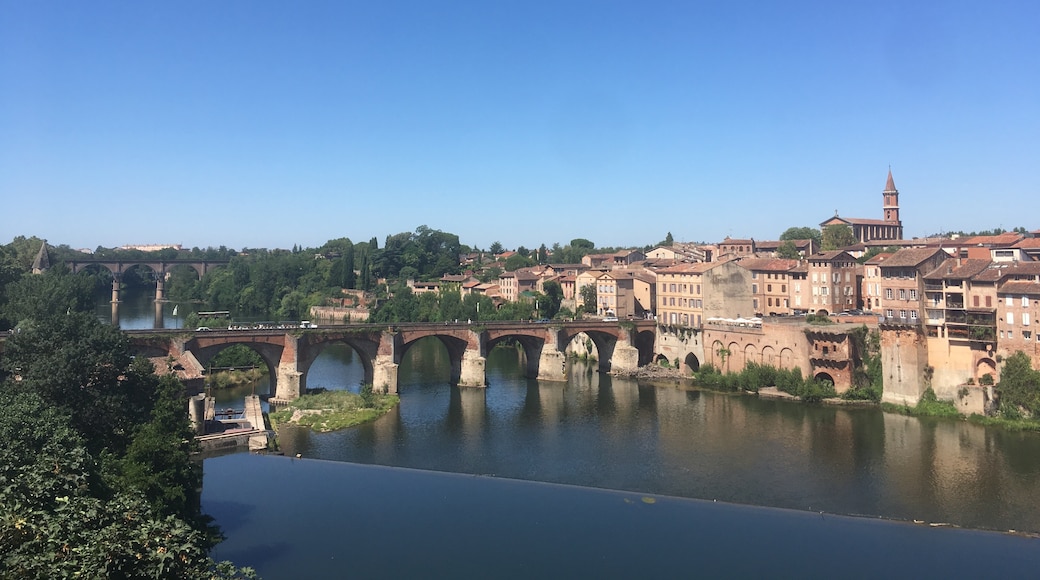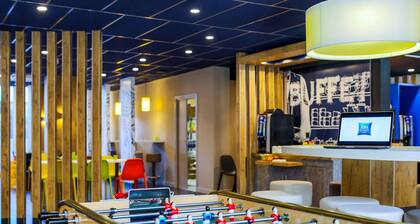Albi is a medieval river city consisting of cathedrals, cobbled streets and one of the finest collections of ancient brick buildings in Europe. With a sumptuous bishop’s palace and one of the largest brick churches in the world, Albi is a testament to the power of the Catholic Church in medieval France. Walk the narrow, traffic-free streets, tour religious sites and explore the medieval villages throughout the surrounding countryside.
Start your exploration of Albi’s medieval center, known as Castelviel, at the Saint-Cecile Cathedral. Built in the 13th century, this was the largest brick structure in the world upon its completion, and it remains one of the world’s largest brick cathedrals. The cloister towers 258 feet (79 meters) above the rest of the city. The interior is equally impressive, with its blue-and-gold vaulted ceiling, a giant fresco of the Last Judgment on its western wall and a large collection of renaissance art.
Nearby the cathedral, find the Musée Toulouse-Lautrec, dedicated to the art of the post-impressionist painter Henri Toulouse-Lautrec. He is one of Albi’s most famous sons and the museum features the largest collection of his paintings in the world. There are also works by other painters, including Matisse and Gauguin. The museum is housed inside the grand Palais de la Berbie, the former palace of Albi’s bishop. After your art tour, stroll through the building’s landscaped French-style gardens.
Head outside the medieval center for a cruise along the Tarn River in a gabarre, a flat-bottomed boat. Admire the 11th-century Old Bridge (Pont Vieux) that spans the river. Drive 20 minutes out of the city to investigate Cordes-sur-Ciel, a hillside fortified town known as a bastide. There are many more bastides to sightsee in the vicinity.
Arrive in Albi via the international airport at Toulouse, 53 miles (85 kilometers) away. You can easily explore Albi on foot. In fact, one of Albi’s main attractions is walking through the medieval center.











